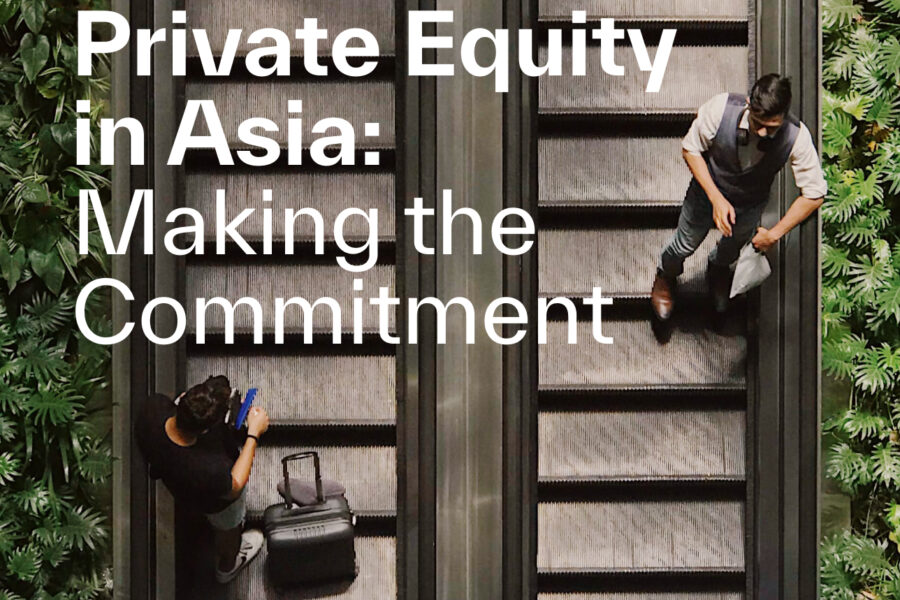Sustainable Transportation + Branding
Any visitor to Ho Chi Minh City who now finds themselves back near Le Loi Boulevard after an absence of two years, would discover that the long awaited Metro’s construction appeared to have leapt forward almost in the blink of an eye.
A notable change to the city’s downtown landscape during the pandemic is its transportation infrastructure. While there is still some time left before the Metro’s completion date, the progress in urban transportation construction could signal the start of a more sustainable transformation.
Vietnam is one of the countries that actively developed a National Plan to meet the sustainable development goals of the UN 2030 Agenda. Research shows that transport contributes approximately 14% of global greenhouse gas emissions. The goal for Vietnam is to develop a high-volume transportation infrastructure for its largest cities, increase the public transport by up to 30%, and control the rise of personal vehicles.
Building a sustainable transport ecosystem
At the end of 2021, the Department of Transport in Ho Chi Minh City, in collaboration with the Tri Nam Group, officially launched a pilot public bicycle service and three electric bus routes rolled out. According to local news sources, nearly 140,000 consumers have registered for the public bicycle service.
The government has also implemented policies to manage, encourage, orient, and prepare for a drastic increase in the production of electric vehicles. By 2040, Vietnam is targeted to have near 3.5 million electric vehicles. The aim is to create a stable and transparent platform to attract investors in sustainable transportation.
Matching government efforts, VinFast, a local Vietnamese car manufacturer, has announced that they will cease the production of traditional combustion engine cars and switch over to pure electric car production. The car manufacturing brand has built a system of 2,000 charging stations with 40,000 charging ports and continues to expand, heading towards the country’s sustainability goals.
A similar success story is the Vietnam Maritime Corporation (VIMC). Ever since they rebranded their company in August 2020, they have grown to become a leader in Vietnam’s maritime industry, reporting a VND 220 billion profit after tax. Their accomplishments were not merely the efforts of a change in logo, but a strategic transformation towards sustainable development.
As part of their rebrand, they had reorganised their business operations to address ESG topics, implementing sustainability programmes to help support the local community such as free transportation of supplies to combat the pandemic.
Moving Vietnam towards a sustainable future
Many of the above initiatives suggest that Vietnam continues to make positive strides towards reducing carbon emissions and promoting a sustainable transportation system. Notably, these efforts are enhanced when the public sector and private sector brands work together to make a difference to society and the environment.
Experts in transportation infrastructure agree that for Vietnam, with an accelerated growth in demand for transportation, the development of smarter and more sustainable transport infrastructure and supporting electric vehicles are effective approaches to achieve the UNSDGs. It is an inevitable trend that transportation brands and the government can embrace to combat climate change and urban congestion.
For now, commuters looking forward to the departure of the first train on Metro Line 1 and to experience the city’s new brand of urban transportation, still have a little while longer to wait.
This article was first published in Sustainable Vietnam: A Focus on Sustainability, Partnerships, and Impact on 31 August 2022.








